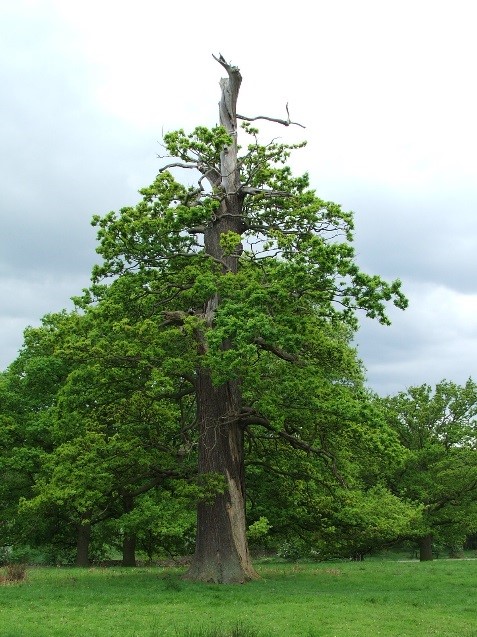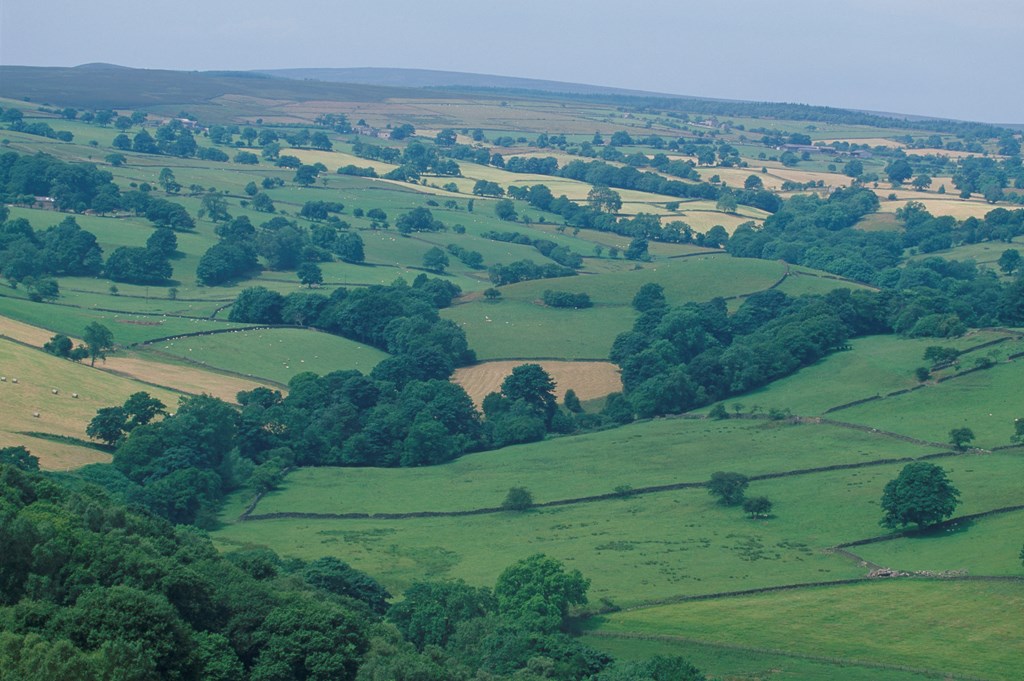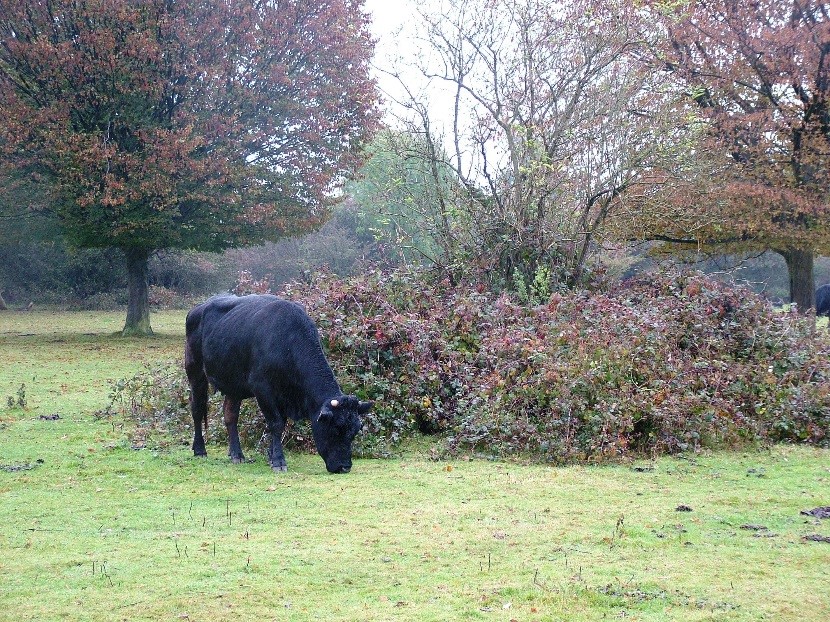| Method/Notes |
|
Benefits for biodiversity and issues to watch out for |
- The management of individual veteran trees is often complex, each tree may need to be treated as an individual case. Allowing retrenchment to occur is key to the tree surviving into senescence.
- Maintain mature and veteran trees, maximising diversity of species, shape, and aspect. As a last resort, tree surgery may be required to lengthen life.
- Control ivy where significant lichens and mosses are present, ideally using grazing animals.
- Existing veteran trees should be retained and 'future veterans' and 'old growth' features encouraged by retaining specific trees to mature and decline naturally.
- Felling should not normally be considered an option for veteran trees but remedial action of some kind may be warranted where an intolerable risk of harm to people has been identified. Lichen rich woodlands mainly require management at the stand not tree level, ensuring openness and tree succession. Individual tree management rarely practical in this situation.
|

image: Nigel Symes, RSPB
|
Veteran trees support a wide range of species, many of which are slow colonisers or require specific niches in old trees. These include many fungi, lichens and rare invertebrates, as well as bats and birds. Deadwood on veteran trees is particularly important. Veteran trees can also provide links to other habitats, enhancing connectivity and providing wider opportunities for biodiversity.
Retrenchmant is when maturing trees such as oak, yew, sweet chestnut, ash and others lose upper crown branches and change the root and shoot ratio by development of a smaller inner and lower crown, during the later stage of the life of the tree. This maintains a functioning system in the tree for the movement of water and sugars around the tree with reduced crown volume to photosynthesise efficiently. It can prolong the life of the tree after post maturity into senescence significantly (up to 300 years).
Factors allowing this to occur are:
- Low live branch structure available to replace a failing upper crown.
- Epicormic bud development on the stem
- Adequate light and distance from adjacent trees and vegetation.
- Stems free of undergrowth i.e. ivy, bramble.
|


